It’s In (the) Stars: Multiple methods needed to accurately map larval development
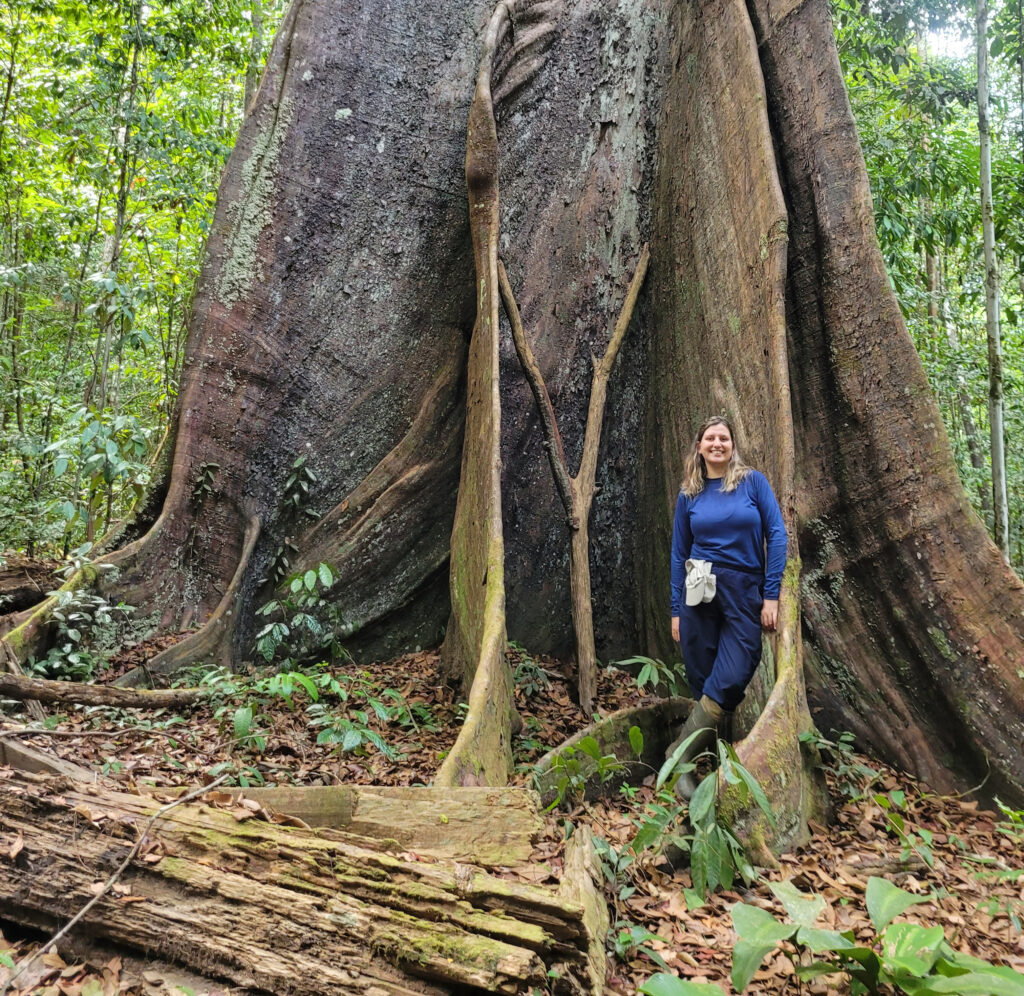
A review written by By Livia Pires do Prado, researcher of the Biodiversity Research Program/PPBio – Eastern Brazilian Amazonia, at the Museu Paraense Emílio Goeldi.
Edit by Rohini Singh and Salvatore Brunetti


In the recently published article, “Morphology, but not morphometry, identifies instars in Ectatomma tuberculatum ants”, the authors from Université Sorbonne (Paris, France) focus on Ectatomma tuberculatum (Figure 1), one of the most common and abundant ant species in the Neotropical region described in 1792 by Guillaume Antoine Olivier. More than two centuries after its description, the species remains a source of discoveries, especially regarding its immature stages — one of the main frontiers in ant studies.
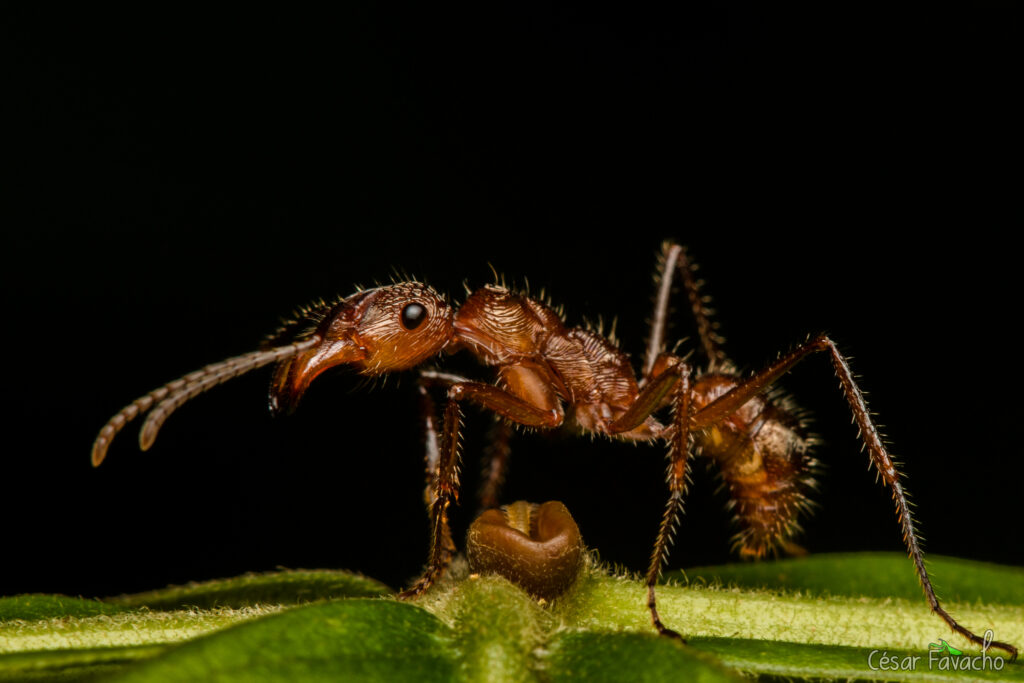
Caste dimorphism and reproductive division of labor are founding pillars of any ant society. Early differences in larval development can determine size, phenotypes, and reproductive role of adult ants. Plasticity in larval development can result in different sub-castes and sexual morphs. Thus, accurately characterizing larval instars and stages of development can shed light on how early caste or queen determination happens. Sauvaget et al. in this edition tackle the biggest challenge of all when it comes to characterizing larval development – which method accurately distinguishes larval instars, including early identification of gyne / queen larvae. As our reader would have guessed – the answer is not straightforward and can be species dependent. Authors show that the best way to improve accuracy of larval instar identification is to employ both morphology and morphometric methods when characterizing larval development.
Plasticity in larval development can influence adult characteristics and life history, with the number of instars varying among species and also being affected by both internal and environmental factors. This variation, coupled with the complexity of developmental processes, creates challenges in early identification of larval instars. The authors investigated the number of larval instars in Ectatomma tuberculatum, to validate and further our understanding of the broad application of two methodologies across ant species. The goal was to test two approaches often used to determine larval stages. The first approach focused on the analysis of morphological traits, examining the structures and visible modifications of the larvae through direct observation and the monitoring of colony development. The second approach involved morphometric measurements based on Dyar’s rule, which posits that larval growth occurs in a regular and predictable pattern between stage transitions.
After evaluating the two approaches, the authors identified some limitations of the morphometric method. Morphological analysis successfully distinguished four distinct larval instars (Figure 2), whereas the morphometric approach indicated only three instars. The study also suggested that the morphological differences were associated with biological characteristics related to the species’ natural history. This study reaffirms the importance of morphology as an essential tool for identifying larval instars in ants, also highlighting the role of natural history in tracking larval development. Other approaches are always welcome, and, as in any taxonomic work, a deep understanding of morphology is fundamental to selecting the best approach as well as identifying potential inconsistencies.
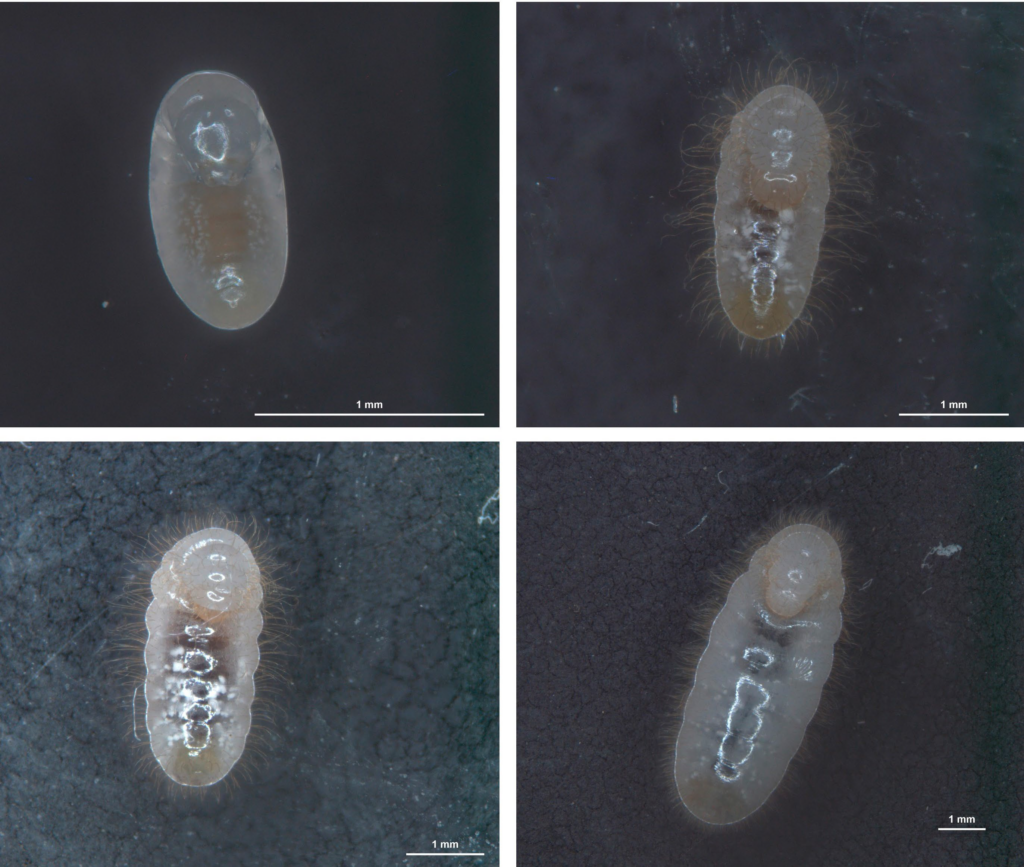
The study of the early development stages of ants presents many challenges. Undoubtedly, deepening our understanding of development across species, as well as comprehending intraspecific variations, can help understand adult and colony life history traits. Jeanette and George Wheeler’s studies on early development stages of ants have paved way for growing interest in larval development, resulting in fascinating observations and discoveries along with the affirmation that many alternatives can be explored, especially in the field of morphology (e.g., Adams et al., 2021; Jacintho et al., 2023; Ulysséa et al., 2024). This study contributes to this progress and exemplifies how fundamental research furthers our collective understanding of early development stages.


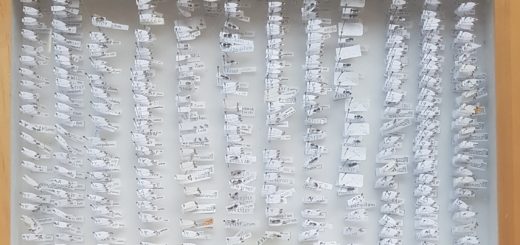
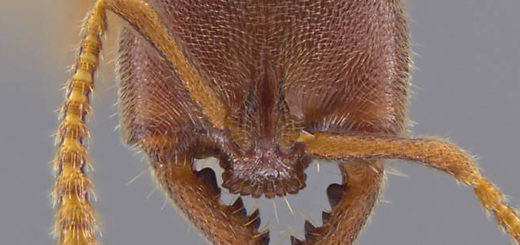
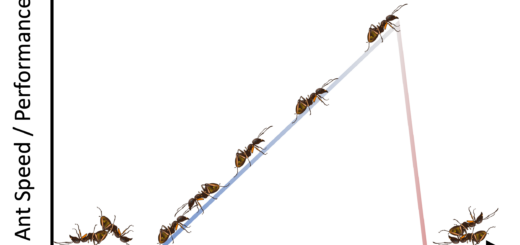
Recent Comments